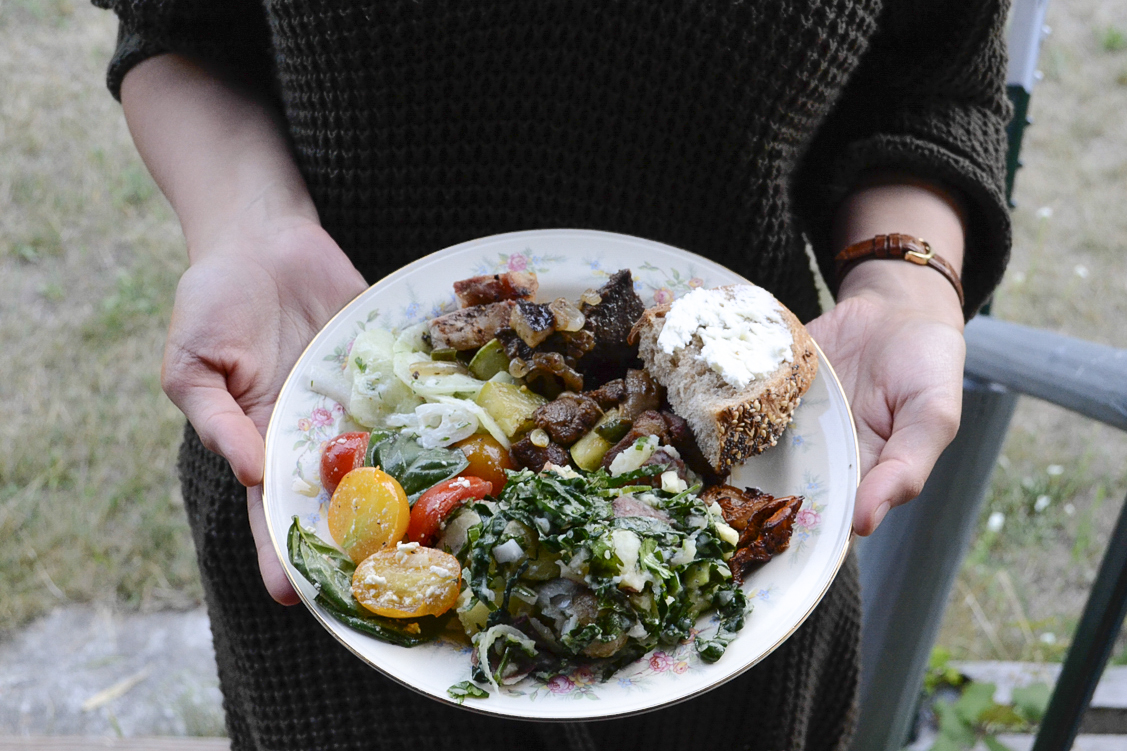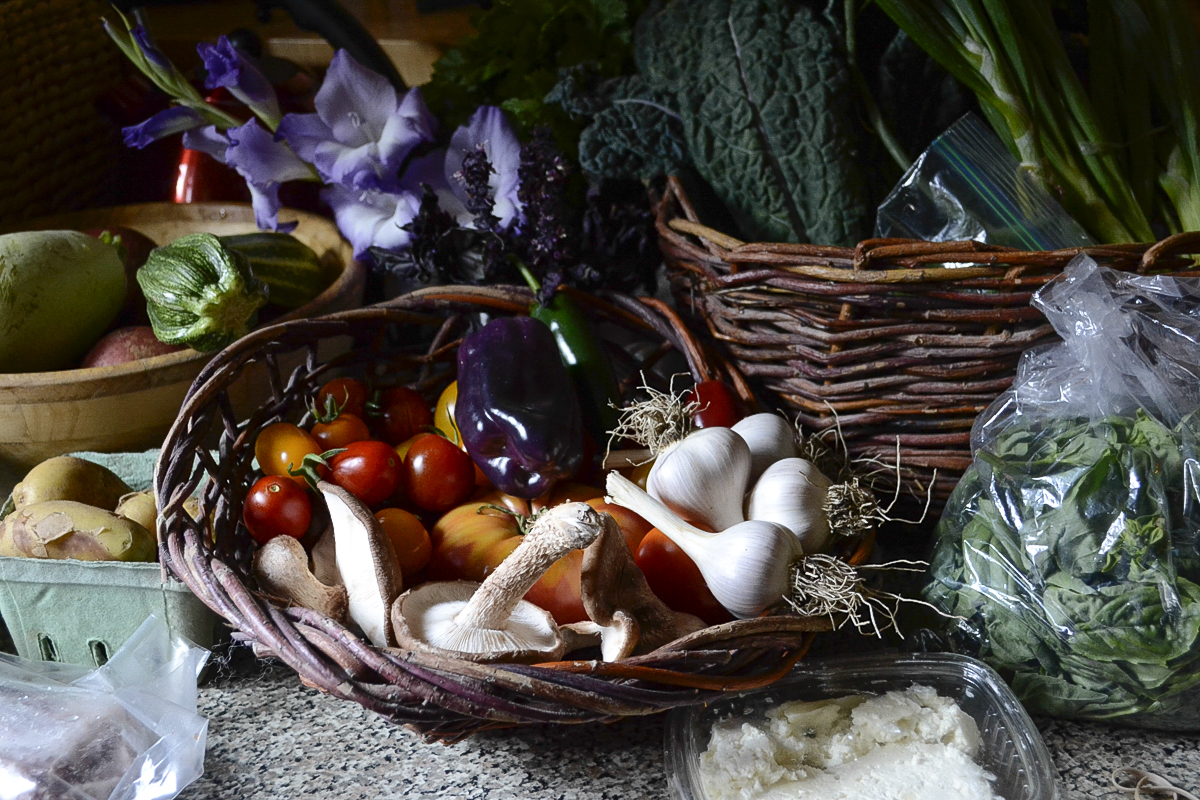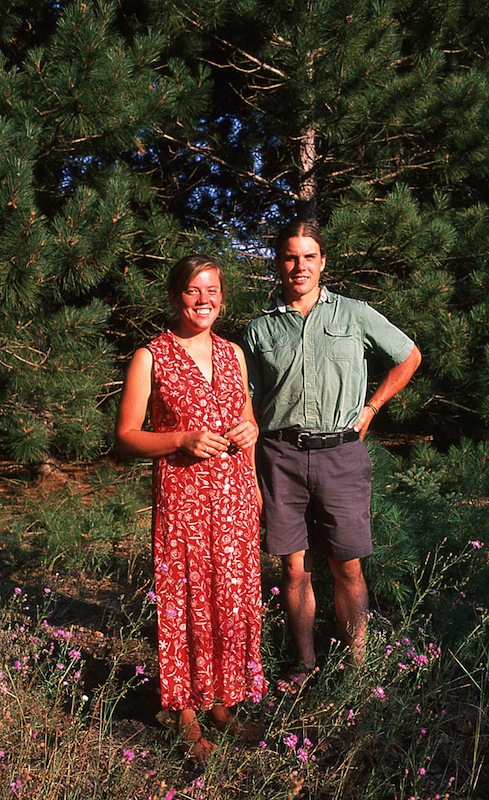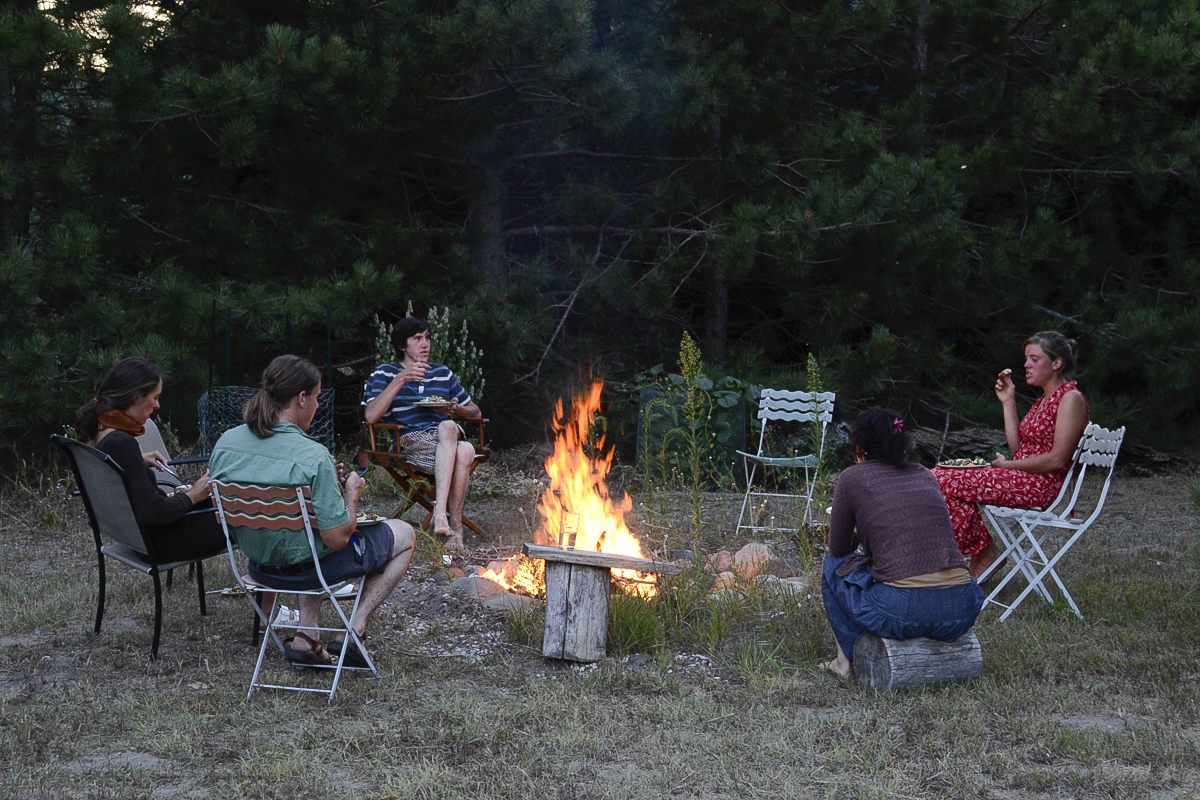For those of you into holistic wellness, your morning routine most likely begins with a big mug of warm lemon water. The benefits, you’re told, are numerous: it cleanses your digestion, it improves your mood, it boosts your immune system, it detoxifies your liver, it alkalizes your system.
And even if some of those benefits are so vague as to be incomprehensible–I mean, does my system even need alkalizing?–if you’re anything like me, dear holistic-health-seeker, you often only hear the bottom-line: warm lemon water is wellness.
Or is it?
One of my more candid teachers posed that question in the margins of my nutritional research paper, once, in bright red.
During her class whenever certain holistic clichés like dairy is mucus-forming or grains are inflammatory or animal foods are too acidic were brought up they were met with the same terse appraisal: How so? Explain the mechanism. What do you mean by that? Explain further.
Socially, our interest in nutrition is growing; advice is passed on at the farmers market, in the grocery store, and, quite substantially, on the internet. Often this advice consists of commands like eat more kale or go gluten-free. These commands are closed statements and, in some ways, not dissimilar from other commands like have it your way or super-size me. Instead of asking–Why more kale? What do you mean by super-food? What is an anti-oxidant? Please explain–we’ve simply turned our ears from one slogan to another.
Once, while discussing a case of impaired liver function w/ this same instructor, a classmate suggested adding warm lemon water to the protocol. It would help detoxify the liver. We nodded our heads in agreement. “I might buy that,” her raised eyebrows suggesting some doubt, “But what do you mean warm lemon water? How would you make that?”
With a name that describes its ingredients–lemon and, um, water–and preparation–the water should be, well, warm–the room went quiet, trick question?
“You mean, mixing lemon juice with warm water, right,” she prompted and we nodded in agreement. “Wrong.”
Limonene
Apparently, the hepatic–of, or relating to the liver–qualities of the lemon are in its peel, specifically in the terpene limonene.
Limonene is also, coincidentally, found in oranges, mandarins, limes, yuzus and, oddly enough, bergamont and is the real reason to include citrus, or bergamont I suppose, in your morning routine. It activates the Phase I and Phase II liver detoxification enzymes that are responsible for clearing toxins, helping to support our hard-working livers.
It’s been shown to support our digestive systems–and particularly sluggish bowels–, our immune systems, and even our nervous systems–yes, this version of lemon water does, in fact, improve our moods–, among other functions.
Receiving the benefits of this wondrous terpene is easy: simply prepare a limonene concentrate the night before your morning lemon or orange or yuzu water.
It is especially important to choose organically produced citrus for your limonene concentrate as you are using the rind and conventionally produced citrus is coated in wax, among other things.
As grapefruit contains a Phase I inhibiting compound–the flavonoid naringenin–it should not be used in your concentrate.
Ingredients
- 1 lemon, or orange, or lime (halved)
Directions
- Squeeze citrus of choice into jar, drop rind in same jar, pour hot water over jar & seal it, let sit overnight, add to warm water in the morning. Repeat ad infinitum.
And that’s the last word on lemon water.
Or is it?




